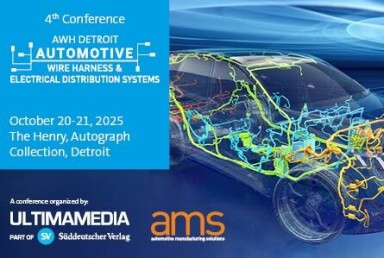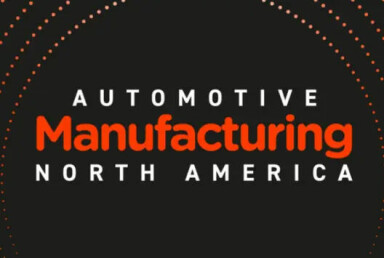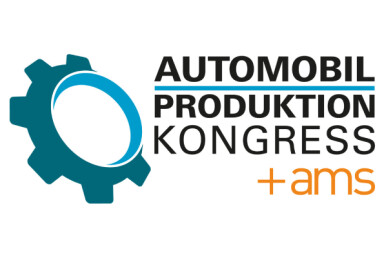Tariffs, competition and volatile markets hit Europe's automotive industry
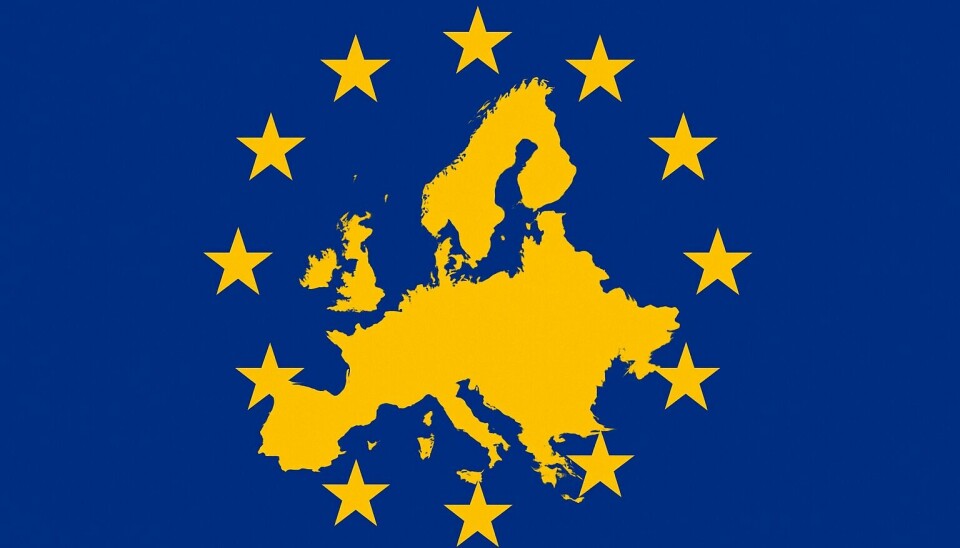
Tariffs, competition and challenging markets put European OEMs under more pressure
The European vehicle manufacturing sector faces major challenges amidst ongoing geopolitical and economic turmoil. This review looks at US tariffs, the slower adoption of electric vehicles (EVs), low factory utilisation, and the rising competition from the Chinese vehicle manufacturers.
All the above factors are creating a perfect storm for car manufacturing in Europe, impacting companies’ financial health and investment strategies.
US tariffs impact The tariff policies of President Trump have forced car companies to reconsider their manufacturing strategies. Under the new tariff regime, vehicles and components imported into the US face a blanket 25% tariff, although for now vehicles made in Canada and Mexico can avoid the tariffs if they comply with the USMCA trade agreement negotiated under the first Trump administration. Companies like Toyota, Honda, and Hyundai with factories in Canda and Mexico are shifting some production to US plants to evade tariffs, as are some European companies, but this is not a feasible option for everyone, especially low-volume premium companies like JLR.
Manufacturers are still investing in battery supply chains and new EV factories, but in many cases, their production levels are below expectations
Interestingly, the UK has negotiated a carve-out agreement with the US, allowing for a 10% tariff on the first 100,000 vehicles a year exported to the US, which is still significantly higher than previous rate of 2.5%. European manufacturers face the dilemma of either moving production to the US or raising prices for exported vehicles. Volvo and Mercedes plan to shift some production to US facilities; Volvo will make the XC60 PHEV in its underutilised US factory, while Mercedes is increasing production capacity in Tuscaloosa to make the GLC SUV there from 2027. Until then, tariffs will be payable on imported models. And do not be surprised if BMW also invests to expand production capacity in the US and add a new model to its US production line-up.
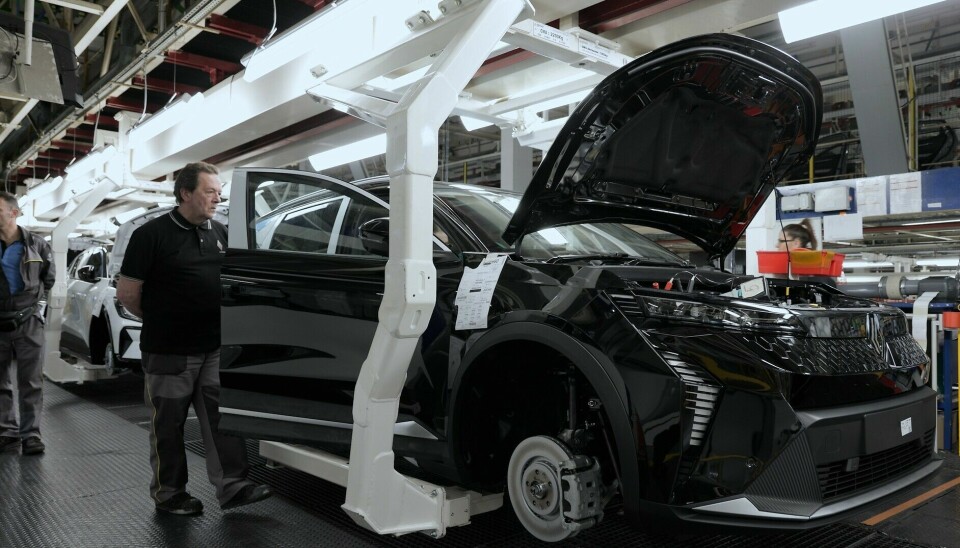
Electric vehicle adoption Despite ongoing investments in EV technology, the uptake of EVs in Europe has been slower than anticipated. Manufacturers are still investing in battery supply chains and new EV factories, but in many cases, their production levels are below expectations. Despite this, Renault and Volkswagen are continuing to push for EV expansion, with Renault producing BEVs for itself and partners like Nissan at a 400,000 units per year factory at Douai in northern France. However, the low production volumes at plants like Ford's Cologne factory raise concerns about the viability of current EV production strategies.
Chinese brands have significantly increased their market share in Europe, reaching nearly 6% in May
Challenges in factory utilisation
Low levels of factory utilisation are a significant issue across Europe,
affecting both internal combustion engine (ICE) and EV production. Volkswagen
is planning to reduce its annual production capacity in Germany by over 730,000
units, reallocating resources to focus on EV production. Volkswagen has at least
two redundant plants, at Dresden and Osnabrück, and if it shifts Audi Q4 production
to the US to get around US tariffs, then it will have another potential excess
factory at Zwickau. Stellantis faces similar challenges, with several factories
operating at less-than-optimal capacity, particularly in France and Italy. The
large Poissy factory near Paris is expected to close by 2028 with the factory
site re-developed for a football stadium and entertainment complex, an intriguing
future metaphor for the industry perhaps.
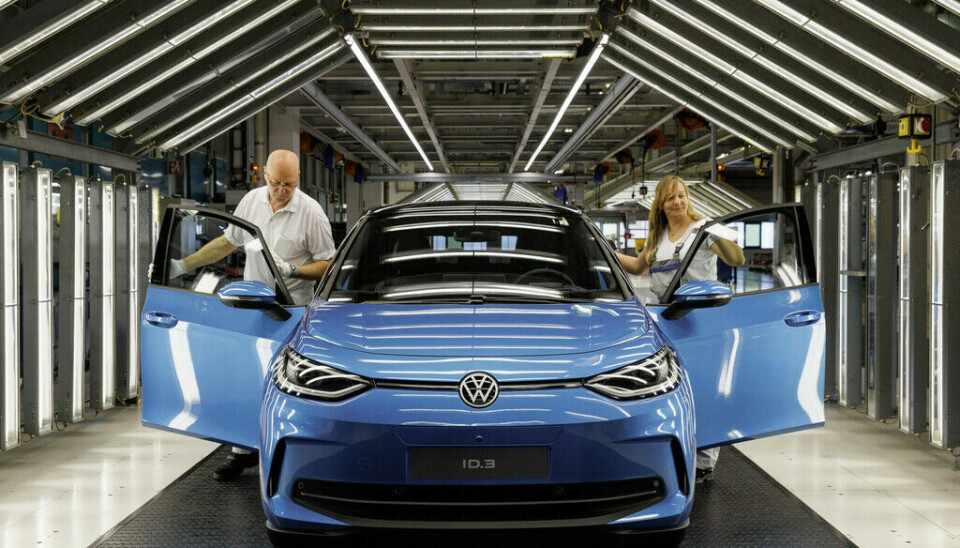
Rising competition from China
Competition from Chinese vehicle manufacturers is intensifying, presenting
a major challenge for European companies. Chinese brands have significantly
increased their market share in Europe, reaching nearly 6% in May, despite the
imposition of supplementary tariffs on Chinese-made EVs. To avoid tariffs on
EVs some Chinese companies are focusing more on PHEV imports, but several
companies are planning for significant production volumes in Europe. Chery is
already producing in Spain, in an old Nissan plant; meanwhile, BYD is opening
two factories, in Hungary and Turkey, and is reportedly considering a third,
and maybe a fourth factory before too long.
This competition is expected to escalate, particularly as Chinese companies diversify their offerings beyond just BEVs to include PHEVs and HEVs: SAIC (MG) and Chang’an are expected to announce new production operations in Europe, as is Chery, although owners by the Chinese state will delay any confirmation until after agreement on the removal or reduction of tariffs on Chinese EVs has been reached. Elsewhere, Geely (via Polestar, Lynk&CO and even Smarty) will see vehicles made in Volvo factories, and new entrants Xpeng (5% owned by Volkswagen) and Leapmotor (for which Stellantis has worldwide rights outside China) are expected to be in the vanguard of new entrants into Europe.
Necessary strategic re-evaluation
The next year or so will see the European vehicle manufacturing sector
grappling with multiple powerful headwinds, especially the impact of US
tariffs, the slow adoption of EVs, low factory utilisation, and rising
competition from Chinese manufacturers. These challenges combine to necessitate
a strategic re-evaluation of production and investment plans by many vehicle companies
in order for them to return to and retain competitiveness in a rapidly evolving
industrial landscape.
